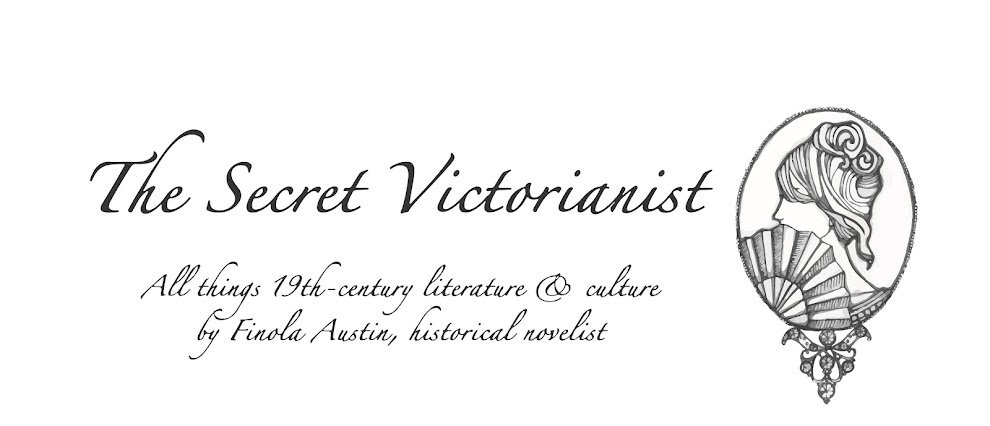To round off the Halloween weekend, I paid
a visit to one of New York’s spookiest spots and lesser-known museums – a
building stocked with taxidermied animals, human skulls and dead things in jars
– the Morbid Anatomy Museum in Brooklyn.
While the museum houses objects from the
eighteenth to twentieth centuries, its current exhibition (running until
January 2015) is centred on the ‘art’ of mourning and is, subsequently, quite
nineteenth century in focus. As any lover of Victorian literature will know
from the many, many deathbed scenes to be encountered in the period’s novels,
high infant mortality, famous mourners (e.g. Queen Victoria herself) and an
obsession with sickness, led to something of a cult surrounding death and
remembrance. The objects this exhibition celebrates were the physical
manifestations of this and originated in both America and Europe in the period.
 |
| L'Inconnue de la Seine |
The exhibition is small but varied. There
are portraits, painted post-mortem (see my discussion of a fictional example of
one of these in Elizabeth Barrett Browning’s Aurora Leigh here). Many of these are of children and infants, made
more cherubic by being painted surrounded by clouds, although their faces all
bear the hallmarks of death. There are many photographs of corpses – sometimes
in coffins, sometimes in bed and often posed alongside living family members.
And there are the mourning clothes – veils and bonnets – which point to the
formalised strictures and social conventions surrounding mourning at the time.
But there are many items stranger than
this… Here too are death masks, including an example of one of the most famous,
L’Inconnue de la Seine – a mask taken
from an unknown woman with a mysterious smile who drowned herself in the Seine
in the 1880s. There is a lot of hair work – with the deceased’s hair being
braided into rosaries and intricate decorations or incorporated into mourning
scenes displayed in shadow boxes.
What seems so strange to modern viewers
looking at all of this is that these items are very much made for display. Now,
death is hidden away, sanitised and dealt with away from the home. The
exhibition curators make an interesting point when they reference how the
growth in popularity of professional funeral parlours meant the removal of
death from the family parlour, and even the renaming of the room as a living room.
 |
| The Secret Victorianist visits the Morbid Anatomy Museum |
Importantly though, despite how strange
some of these mourning rituals might seem today, this isn’t a freak show. It’s a bit like looking like an old graveyard –
beautiful, curious, with an occasional tinge of sadness. If you’re in the area,
I’d definitely recommend visiting the exhibition, but not as a replacement for
a haunted house. The museum is a quiet place to walk around and is also home to
a library where visitors were reflectively leafing through books on medical
history and anatomical art. One of them was wearing a top hat and, somehow, he
seemed the most at home.
Do you know of any other
nineteenth-century attractions in New York the Secret Victorianist should
visit? If you do, then let me know – here, on Facebook or by
tweeting @SVictorianist!

No comments:
Post a Comment